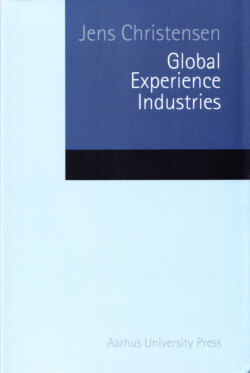Читать книгу Global Experience Industries - Jens Christensen - Страница 16
На сайте Литреса книга снята с продажи.
From Mass Tourism to Customized Tourism
ОглавлениеRich people have always traveled to distant parts of the world to visit great coastal resorts, see magnificent buildings, experience new cultures, etc.9 The sons of the nobility and gentry in the 17th and 18th century undertook a Grand Tour of Europe as an educational experience. Health tourism existed even in ancient Rome, but it was not until the 18th century that it became important. British spas in Bath and Czech Carlsbad attracted many fashionable travelers during the 19th century. Seaside travel became popular in 19th century Britain, too. As the first country to industrialize Britain invented leisure travel to the French Riviera and Swiss Alps. The UK also pioneered mass tourism.
Thomas Cook was the pioneer of mass tourism. In 1841, he organized the first package tour in history, when he arranged for the rail company to charge one shilling per person for a group of temperance campaigners from Leicester to attend a rally in Loughborough, eleven miles away. Cook was paid a share of the fares. Cook immediately saw the potential of organized holidays and his business expanded as he arranged an increasing number of package tours in Britain and on the European continent, Paris and the Alps being the most popular destinations.
Cook was soon followed by others, with the result that a tourism industry developed in Britain in the second half of the 19th century. Initially the growing middle classes fueled the new industry, but the introduction of the workers’ right to take holidays in 1871 established the tradition of the working class holiday before 1900, mainly focusing on seaside resorts. The establishment of a national railway network made it easy to reach seaside towns such as Blackpool and Brighton. Other Western countries such as France, Germany and the USA copied to some degree the British holiday traditions, along the Atlantic, Mediterranean and Baltic coastlines.
From the mid-19th to the mid-20th century, domestic tourism was the norm, with foreign travel being reserved for the rich or culturally curious. The transatlantic ocean liners of the period between the two World Wars were popular ways of traveling for rich people only. The mass immigration from Europe to the United States in the late 19th and early 20th century can hardly qualify as tourism. Cars and small-scale airlines were also introduced as means of travel before World War II. In addition to railway lines, harbors, telegraph and telephone lines, a new infrastructure of roads and some airports widened to some degree the potential of tourism. Before 1950, flights were restricted to leading business men, politicians, and officials, however.
